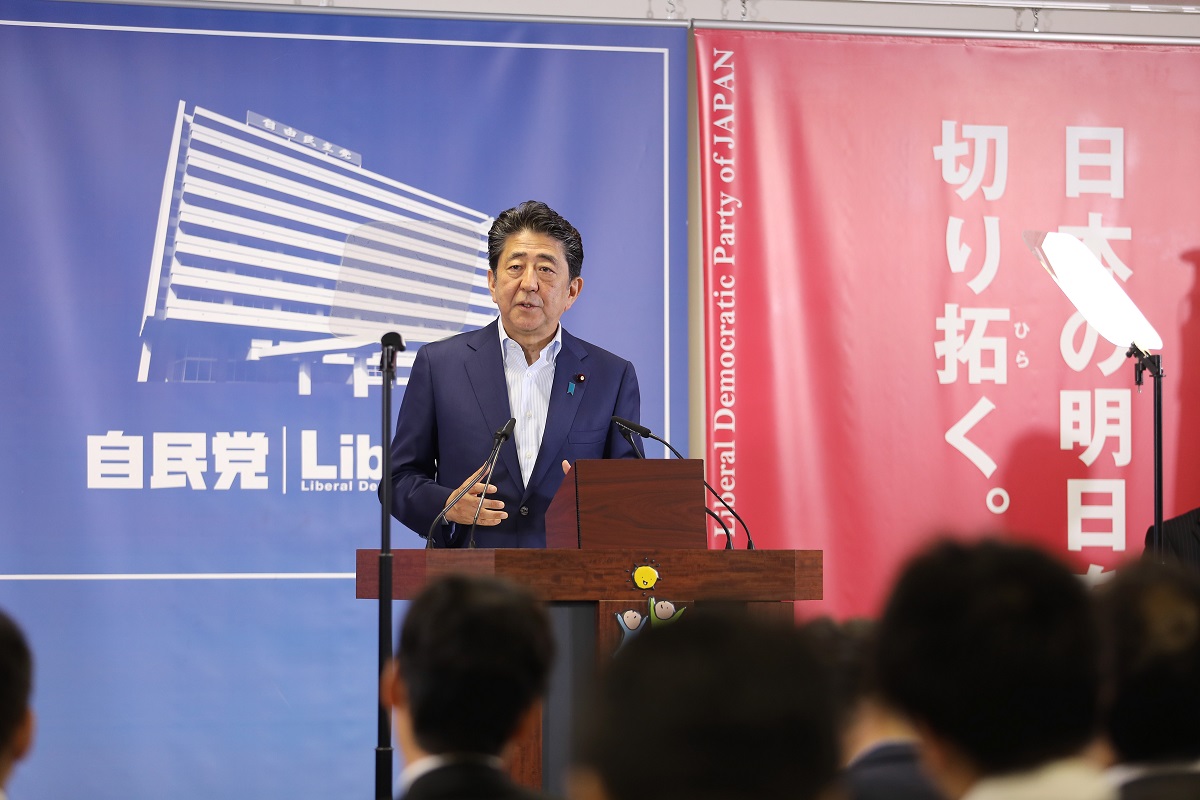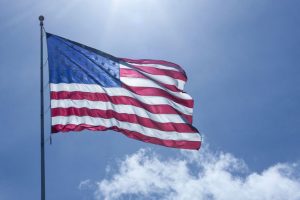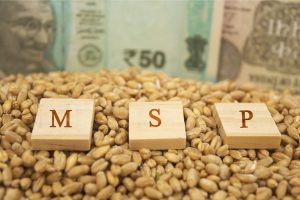As the numbr of coronavirus- infected cases and deaths continued to surge in Japan, Prime Minister Shinzo Abe announced on April 16 that the emergency, earlier announced on 7 April for six prefectures, would be extended to cover the entire country in order to fight The will be in force till 6 May. At the time of writing on 21 April, in a population of 127 million, 11,135 infected cases and 263 deaths were reported, compared to 18,985 infected cases and 603 deaths in a population of 1.3 billion in India.
So in percentage terms, the surge is much faster in Japan than in India. Mr Abe appealed to the people to reduce their movement and social contacts by at least 70 per cent, or better still 80 per cent. Sharing the earlier measures of paying 300,000 yen ($ 2,785) per family struggling financially, the Prime Minister has now announced a cash handout of 100,000 yen ($ 930) per person, foreign residents included. What led to this decision?
Advertisement
The decision to extend the emergency to the entire country was based on observations by the government’s panel of experts that the contagion had reached a new phase, speeding up its spread and hitting almost the whole country. The day the extension announcement was made, the number of positive cases had surpassed 9,000, doubling in just a week. Interestingly enough, a nationwide survey conducted by Asahi Shimbun on 18-19 April, showed that 90 per cent of the respondents supported the extension of the state of emergency to cover all of Japan, but 57 per cent felt that Mr Abe lacked leadership during the health crisis, compared with 33 per cent who believed otherwise.
Some 77 per cent of respondents believed that his 7 April declaration of a state of emergency for Tokyo and six prefectures came “too late”, while 18 per cent considered the timing to be “appropriate.” One of Mr Abe’s measures to prevent the spread of the virus was to provide two cloth face masks to every household in the country. Sixty-three per cent of the respondents disapproved the measure, while 32 per cent approved the plan. Half the respondents, who supported Abe’s Liberal Democratic Party, disapproved of the two-mask measure.
However, a combined 77 per cent favoured the blanket cash handout of 100,000 yen per person as a relief measure. Of them, 18 per cent “strongly” supported the step while the remaining 59 per cent “somewhat” backed the measure. Regarding the relief measures, 82 per cent of the respondents said the government should provide compensation to stores and businesses that suffer losses as a result of complying with the authorities’ requests to shut down during the state of emergency.
Ten per cent answered otherwise. In response to government calls to stay at home following the state of emergency declaration, 76 per cent of those surveyed said they had started to refrain from going out. But 24 per cent said they have not changed their lifestyles. The percentage of respondents who said they are going out significantly less than before was high among young people. The figures were 81 per cent among those aged 18 to 29, 80 per cent in their 30s, and 81 per cent in their 40s.
Being aware that the pandemic threatens to push the world’s third largest economy deeper into recession, Mr Abe announced a second economic stimulus package on 20 April to a record $1.1 trillion to expand cash payouts to the citizens, less than two weeks after his Cabinet approved an earlier plan to spend 108.2 trillion ($1 trillion), which had detailed payouts of 300,000 yen to households with sharp drops in income.
Initially, Mr Abe was not agreeable to the idea of 100,000 yen cash handouts to every citizen, including foreigners in Japan, but he caved into pressure from within his own ruling bloc. Younger lawmakers of the ruling coalition were in favour of the cash handouts as the more effective measure to cushion the public from the economic fallout of the pandemic. Komeito lawmaker Mitsunari Okamoto described the proposal to pay all citizens as “the high road” of policy.
On 14 April, Toshihiro Nikai, the powerful LDP secretarygeneral, proposed cash handouts but only to those under a certain income level. The following day, junior partner Komeito’s leader Natsuo Yamaguchi met Mr Abe and proposed that 100,000 yen be distributed to all citizens regardless of income. The Democratic Party for the People was also in favour of 100,000 yen handouts. Government officials were hesitant about providing cash handouts because of concerns that the money would be saved rather than spent and because the funds could be distributed to even wealthy people.
The new amount triples the cost from what the government had originally planned to 12 trillion yen. The dip in Abe’s popularity as shown in the survey was because he was ambivalent about the cash handout proposal. His offer of apology for confusion did not cut any ice among the people. Though not legally binding, the stay-at-home requests by local authorities and business suspensions dealt an additional blow to the Japanese economy already hit by the 2 per cent consumption tax hike in October 2019.
It is hoped that the scheme will support private consumption already depressed because of the twin shocks of consumption tax hike and coronavirus. There is no denying, however, that the savings rate will go up as rich people are likely to park the money in savings rather than spend. The lawmakers seemed to have learnt lessons from the response to the Lehman shock in 2008, when the government gave a cash handout of approximately 12,000 yen ($111) to every person. At that time, many viewed it as a failure for not having added a little expendable income.
At the time, the handout took more than three months before reaching families. As the numbers of infected persons continue to surge, medics have warned that more must be done to prevent the coronavirus from overwhelming the country’s healthcare system. Though Japan’s outbreak remains less severe than in hard-hit European countries, its caseload is one of Asia’s highest after China and India, and is roughly on a par with South Korea.
Alarmed by the rising deaths and the spectre of the collapse of the medical system, Japan is scrambling to expand testing with drive-through facilities and general practitioners are helping to collect samples. Japan conducted about 52,000 polymerase chain reaction (PCR) tests in March, or just 16 per cent the number carried out in South Korea. This strategy made it difficult to trace the disease as it spread in Tokyo and other big cities. This also led to a spike in in-hospital infection and crippled some facilities. For Japan, the battle continues.
(The writer is Lok Sabha Research Fellow and Member, Governing Council of Indian Council of World Affairs, and Centre for Security and Strategic Studies. He was also Senior Fellow at IDSA and ICCR Chair Professor at Reitaku University. He can be reached at rajaram.panda@gmail.com)
















